Cheonggye Pharmacy - Cheonggyecheon Branch [Tax Refund Shop] (청계약국 청계천)
11.1Km 2024-04-17
14, Cheonggyecheon-ro, Jung-gu, Seoul
-
Gwanghwamun Seokgalbi (광화문석갈비)
11.1Km 2021-05-25
136, Sejong-daero, Jung-gu, Seoul
+82-2-318-6288
It is a restaurant frequently used as a place for group dinners by office workers. This restaurant's signature menu is grilled ribs on a hot plate. This Korean dishes restaurant is located in Jung-gu, Seoul.
Laderach SFC (레더라 SFC)
11.1Km 2021-03-29
136, Sejong-daero, Jung-gu, Seoul
+82-2-3789-3245
It is a Swiss chocolate shop. The best menu at this restaurant is chocolate drink. This cafe is located in Jung-gu, Seoul.
Olens - Gwanghwamun Branch [Tax Refund Shop] (오렌즈 광화문)
11.1Km 2024-04-18
1F, 82, Sambong-ro, Jongno-gu, Seoul
-
Hyangnamu Tree in Changdeokgung Palace (창덕궁 향나무)
11.1Km 2025-01-13
99, Yulgok-ro, Jongno-gu, Seoul
+82-2-3668-2300
Hyangnamu or 'Aromatic Tree' in Changdeokgung Palace is estimated to be about 700 years old, meaning it had likely been planted before the palace was built. It stands 12m in x_height, measures 5.9m in girth around the roots, and has branches spreading in all four directions. It is designated and protected as a National Natural Monument.
Bukchon-ri Dullegol (북촌리둘레골)
11.1Km 2021-03-19
44 Insadong 14-gil Jongno-gu Seoul
+82-2-747-9700
A restaurant with Korean traditional house-themed interior design. The representative menu is Korean table d''hote. This is a Korean cuisine located in Insa-dong, Seoul.
Dalgaebi (달개비)
11.2Km 2024-03-15
16 Sejong-daero 19-gil, Jung-gu, Seoul
+82-82-2-765-2035, 2068
Dalgaebi is a restaurant specializing in Korean table d'hote, using fresh seasonal ingredients. Its flagship menu is the teukseon sangcharim jeongsik (special set menu), which includes porridge, seasonal dishes, main courses, and desserts. The galbi sangcharim (galbi course), featuring premium Korean beef galbi grilled over charcoal and served with soybean paste jjigae, is also popular. Known for its private dining spaces and upscale ambiance, reservations can be made via phone.
Cheongjin Hwarogui (청진화로구이)
11.2Km 2021-03-22
32-12, Jong-ro, 5-gil, Jongno-gu, Seoul
+82-2-735-7008
A store selling Korean beef and pork dishes. The best menu at this restaurant is grilled Korean beef rib eye steak. This Korean dishes restaurant is located in Jongno-gu, Seoul.

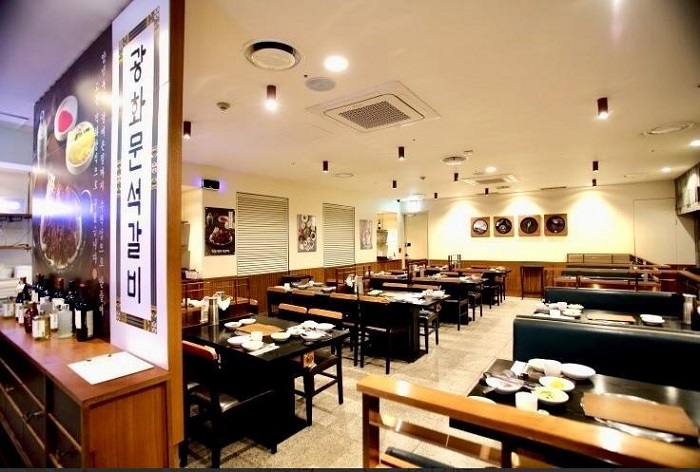
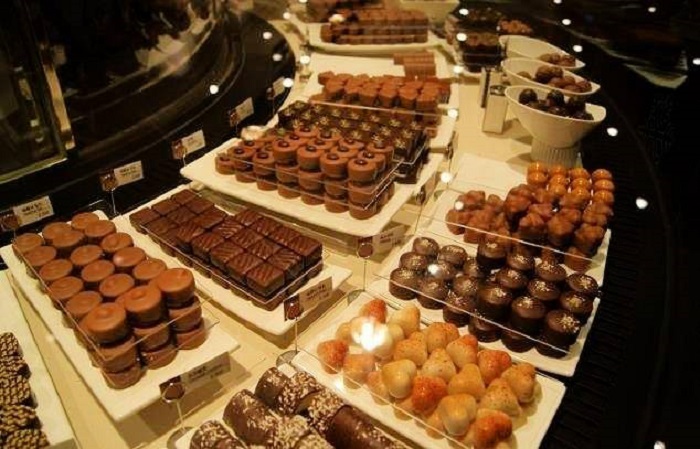
![Olens - Gwanghwamun Branch [Tax Refund Shop] (오렌즈 광화문)](http://tong.visitkorea.or.kr/cms/resource/17/2878217_image2_1.jpg)
![Seoul Papyrus [Tax Refund Shop] (서울파피루스)](http://tong.visitkorea.or.kr/cms/resource/74/2878574_image2_1.jpg)
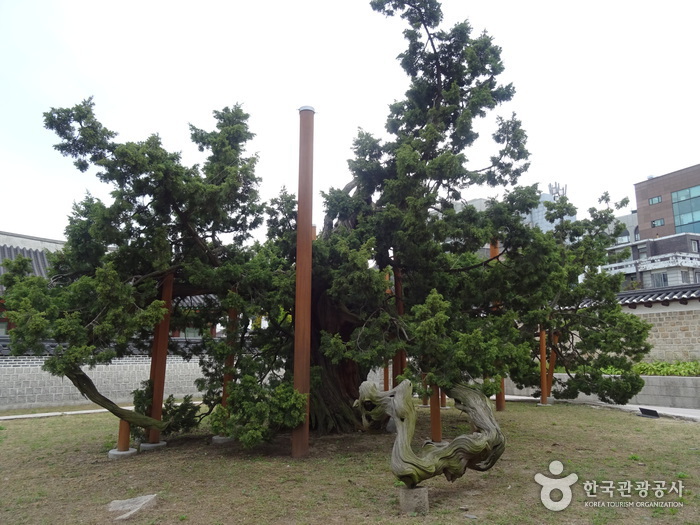
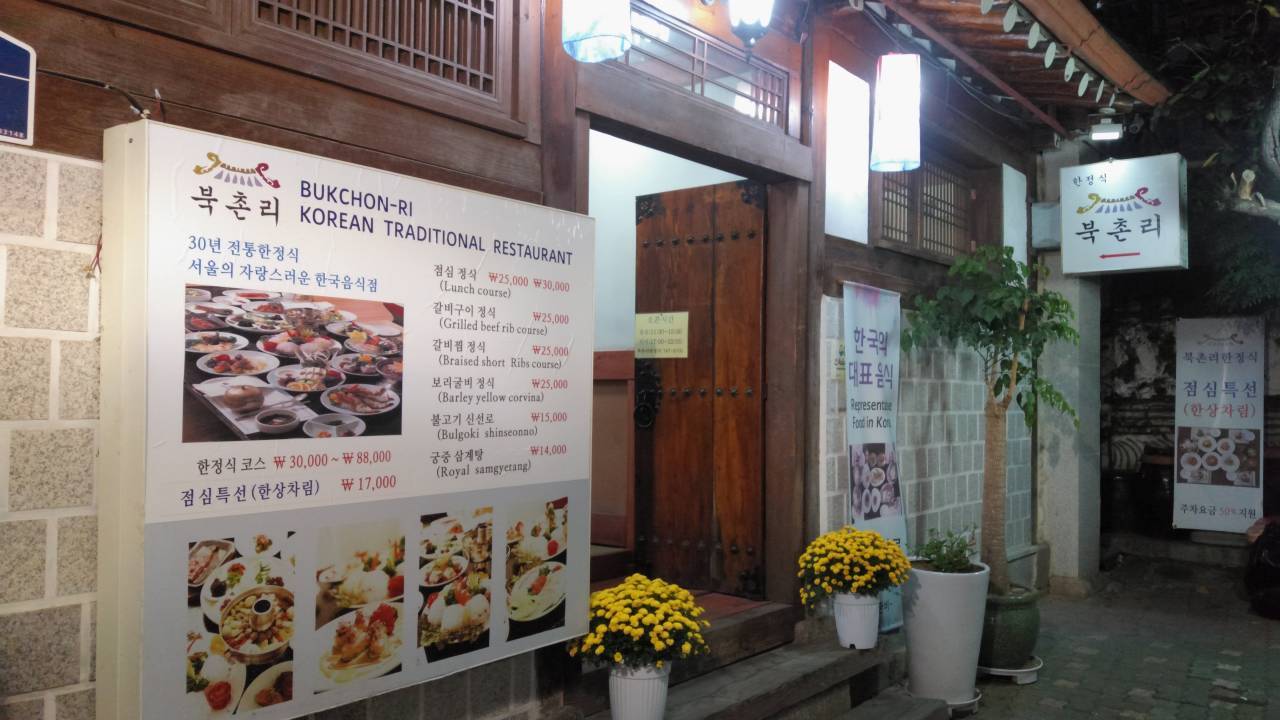
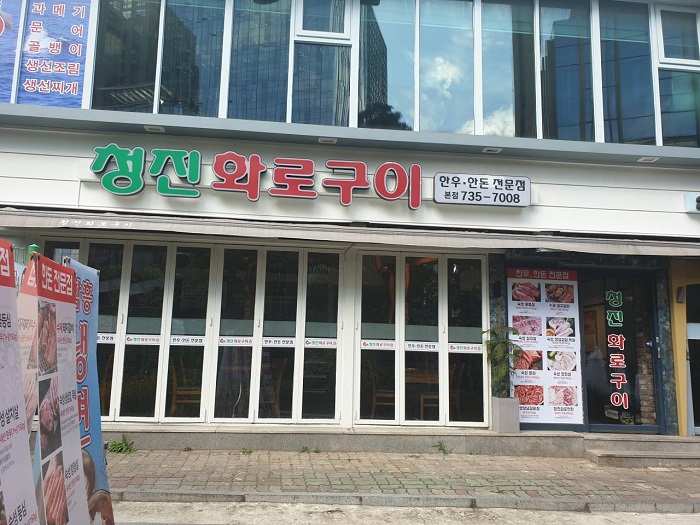
 English
English
 한국어
한국어 日本語
日本語 中文(简体)
中文(简体) Deutsch
Deutsch Français
Français Español
Español Русский
Русский